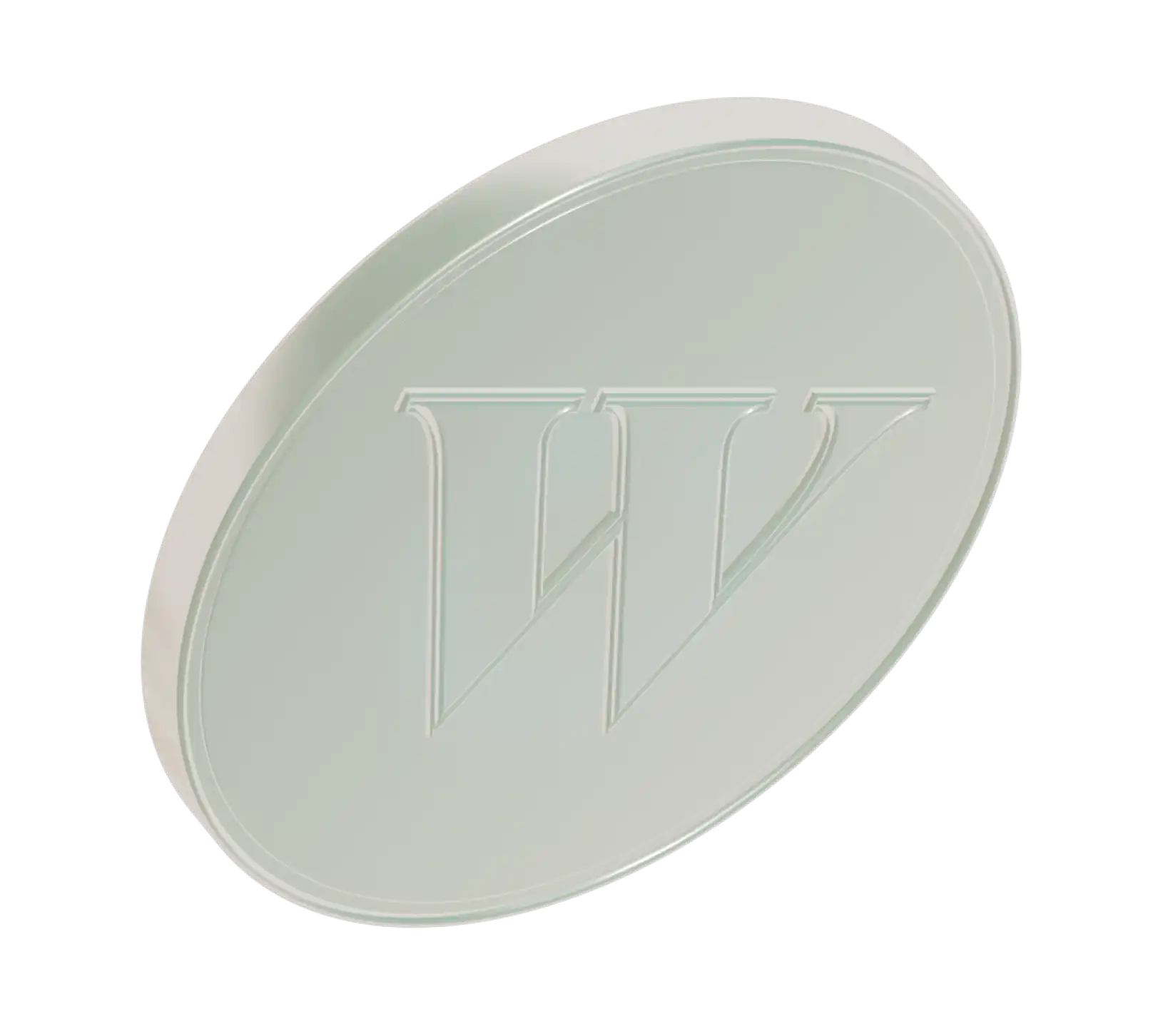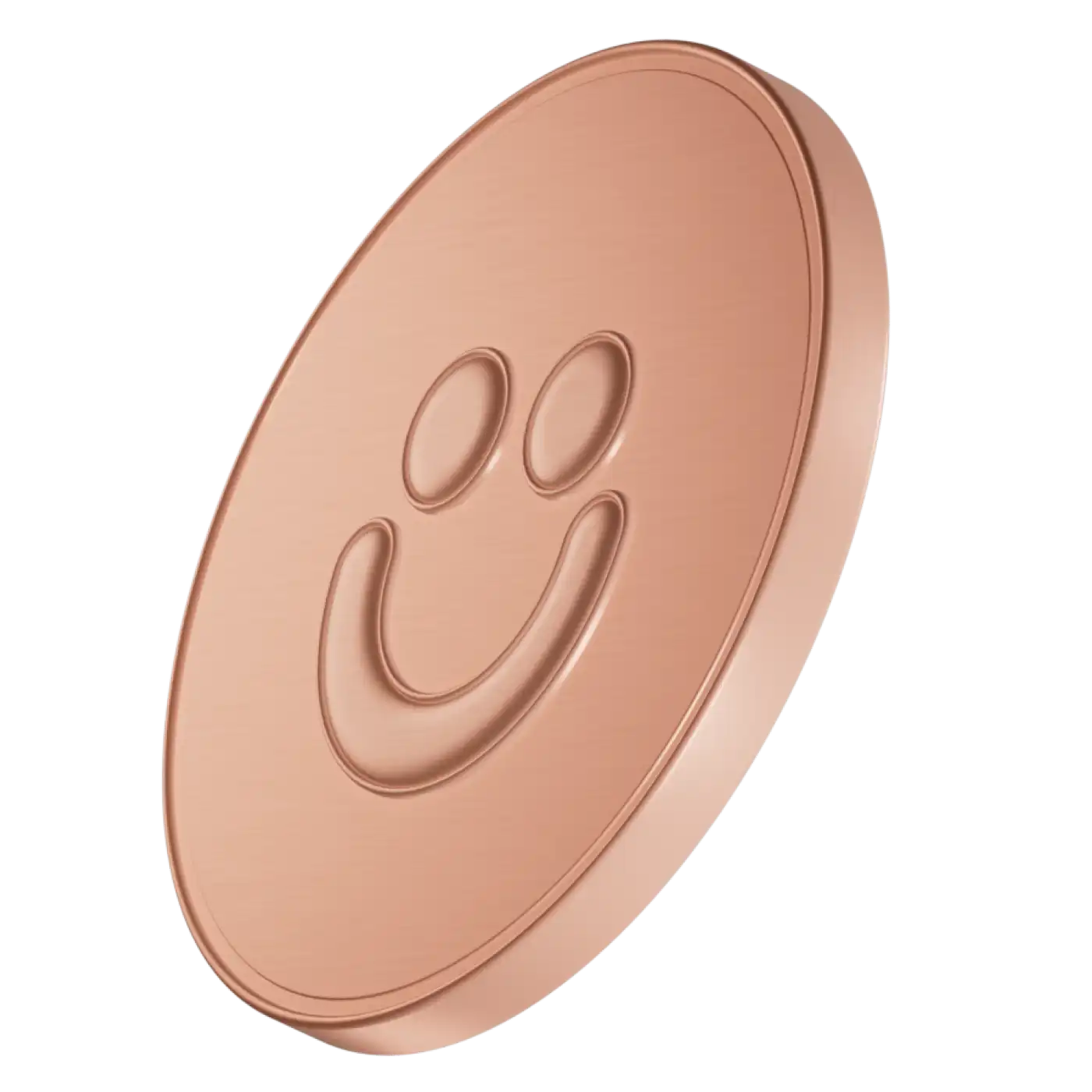When you buy shares of stock of a company, you’re betting that your investment will appreciate and you will be compensated when you sell the stock. The idea is that you lend the company money by purchasing stock shares and you get rewarded for it.
Let’s look at the definition of a dividend and what role it plays in investing.
What is a dividend?
Dividends are a company’s way of sharing a portion of its earnings with investors. When companies make money, they have two choices: reinvest in the business or share part of the profit with stockholders.
When companies opt to share part of their profits with shareholders, they distribute it in the form of a dividend. A company’s board of directors determines the dividend payout. Typically, dividends are paid out quarterly, although some companies pay dividends on an annual or semi-annual basis.
A company can also issue a special non-recurring dividend either individually or in addition to already scheduled distributions.
Some companies will still make dividend payments even if the business doesn’t realize a profit. This keeps the established track record of regular payments and can help keep the stock price more stable around the earnings announcement.
For this reason, some people aim to live off dividends. In a bear market, companies with established track records of dividend payments are less likely to make a cut. Many blue-chip companies that pay dividends tend to increase them over time.
However, it’s important to note that dividends are not guaranteed income. A company’s board of directors can reduce or completely eliminate a dividend payout based on other uses for the money or company performance. Dividends are unlike bonds, which pay a steady income or risk going into default.
Dividend announcements usually cause a company’s stock price to move up or down in proportion with the dividend.
Why dividend dates matter
Dividend announcements and payments follow a certain schedule. Associated dates are important as they help determine an investor’s eligibility to receive dividend payments.
Common dividend dates include:
Dividend announcement date: This is the date when a company formally announces that it will pay out dividends. Shareholders must approve the dividend before it can be paid out.
Ex-dividend date: Ex-dividend date: Also known as the ex-date, this date marks when someone is no longer eligible to receive a dividend. For example, if the ex-dividend date is on September 7th, shareholders who buy the stock on this day or after are not eligible to receive the dividend. Investors who buy the stock on September 6th or earlier (provided it’s a business day) will be eligible for the dividend payout.
Record date: The record date is set for one business day after the ex-date. This date helps a company determine who is eligible to receive dividend distributions. Stockholders on record as of the date set by the company will be entitled to the dividend payout.
Payment date: This is the date the company pays out the dividend. Investors who own the stock should see the money, stocks, etc. in their accounts on this date or later.
Why dividends are paid
When a company earns a profit, it can either reinvest the funds into the business or distribute a portion of it to shareholders as dividends.
Companies pay out dividends for different reasons. Sometimes, they have a surplus of net profit and choose to distribute dividends to shareholders. This can increase the appeal of the company’s stock as many investors like the extra income.
Some companies pay out dividends as a reward to investors for trusting the company with their money. It can help maintain investors’ trust and shine a positive light on the business.
Paying out dividends can signal to investors that a company is doing well financially. This can cause the stock to rise in value due to increased investor interest and demand. If a company has a long history of paying out dividends, reducing or eliminating it can be a red flag to investors.
Forms of dividend payments
Most companies pay dividends in one of several ways:
Cash dividends: Companies who pay out dividends in cash based on the amount per share. For example, a stock may pay a quarterly dividend of $5 per share. This means someone who owns 100 shares of the stock can expect a dividend payout of $500 every quarter ($5 x 100 shares = $500).
Stock dividends: Companies can opt to pay out stock dividends instead of cash. Unlike cash, which is taxed when distributed, stock dividends aren’t taxable until sold. This can give investors more flexibility since they get to decide when to take the tax hit. It’s also a bonus for companies low on operating cash that still want to pay out a dividend. Stock dividends are similar to cash dividends. Shareholders get a certain number of additional shares based on how many shares they already own. For example, if you own 100 shares and the company pays a 10 percent dividend, you will get 10 extra shares for a total of 110 shares.
Property dividends: While this is not a common practice, some companies pay property dividends. This can be in the form of any physical assets the company owns such as real estate, equipment, and so on. Another option is using shares of a subsidiary company for the payout. When the dividend is paid out, it’s recorded at its market value. Shareholders can opt to sell the asset or hold on to it for further appreciation.
One-time dividends: A one-time dividend payment, also known as a special dividend, is a non-recurring distribution of company profits to shareholders. It’s usually larger than regular dividend payments and can be tied to a specific event such as the sale of a large asset. This dividend can be in addition to regular dividends.
The dividend coverage to payout ratio
The dividend payout/coverage ratio is the ratio of a company’s net income as it relates to the dividends paid out to shareholders. This is also known as the dividend coverage ratio. It’s expressed as a percentage of a company’s net income that is paid out to shareholders.
Companies who pay dividends use part of their net income to distribute the payments and keep the balance to reinvest in the business, pay off debt, build their cash reserves, launch new initiatives, and so on.
Here’s the formula to calculate the dividend payout ratio:
Dividend Payout Ratio = Company’s Dividend Payout / Company’s Net Income
A company’s dividend payout ratio can vary depending on how established the company is, plans for expansion or growth, history of dividend payouts and so on. If a company is young and in a growth phase, it is more likely to reinvest most earnings. This could result in a lower payout ratio.
Advantages of dividend stocks
There are several advantages to including dividend payout stocks into a portfolio. Here are some reasons people invest in stocks that generate dividends:
Income: Some investors seek dividend-paying stocks as an income source. While dividend income isn’t guaranteed, companies with long track records of payments are more likely to continue the practice. Dividends can be part of a well-rounded financial strategy for growing your portfolio and generating income.
Capital appreciation: Owning dividend stocks means you can get paid twice: when you receive your dividend payout and when you sell the stock (provided you realized appreciation on the sale). That’s because the share price of the stock can rise, increasing the value of your investment in the company. Blue chip companies such as AT&T, Chevron and General Mills tend to increase dividends over time.
Dividend tax rate: Unlike ordinary income paid out from employment, dividend income is taxed under a different rate. It can be lower than your standard tax rate, making dividends an advantageous income source. The rate is determined by your income and filing status and can range between 0 and 20 percent.
Stability: Companies with a long history of paying dividends typically continue the practice even in a bear market. This can mean a reliable and steady cash flow, especially from blue chip stocks. Stocks that pay higher dividends tend to be established and less subject to market volatility.
Investors who don’t need the income from dividends can reinvest them. Some brokers allow the options to reinvest dividends automatically to make it easier. Keep in mind that if your dividends are paid out in cash, you’re still on the hook for taxes unless they’re in a tax-advantaged account.
Criticism of dividends
While dividends may seem like a good idea for both the company and investors, not everyone supports this practice. Critics of dividend-paying companies such as Warren Buffett believe that the best use for company profits is in expansion, research, development, etc.
A young company still in a growth phase should focus on reinvesting capital in the business to fuel growth. This can benefit investors by increasing stock price and the value of the investment.
Some critics suggest that companies that pay dividends don’t have a strong plan for future growth. Therefore, it’s important to research the company’s stock and understand management’s plans for the future before becoming a shareholder.
Bottom line
Dividend-paying stocks can be a good investment to add to a well-rounded portfolio. However, not all dividend stocks are created the same. Investors who wish to explore this stock option should research each company to ensure the stock offers a good overall value.




